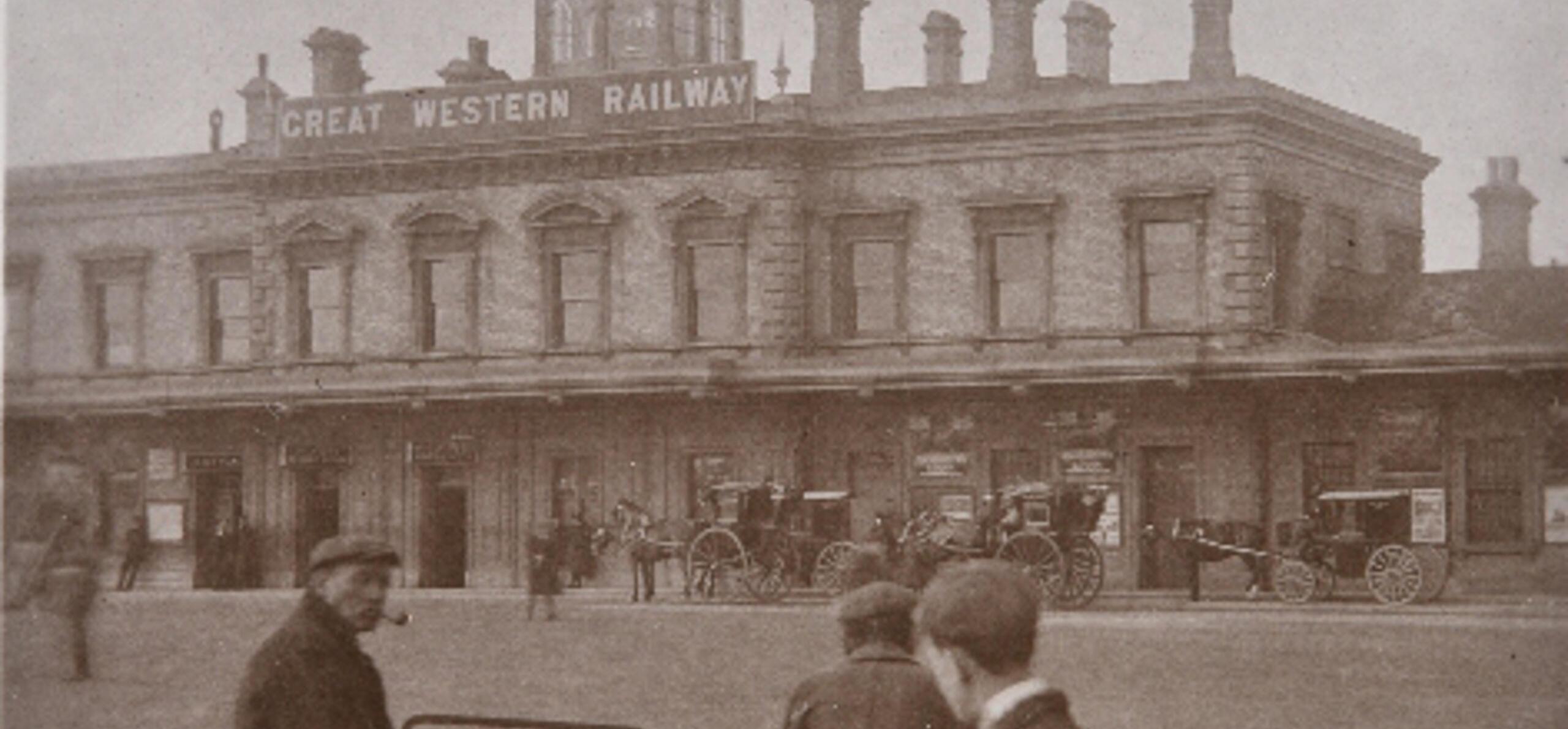Reading Station opened on 30th March 1840 and in 2020 we are celebrating its 180th birthday. The railways changed life in Reading for good. They made transport for travellers and businesses easier and cheaper than ever before and created jobs for thousands of local people. In this blog we discover key moments in the story of Reading Station and see how it has become part of Reading.
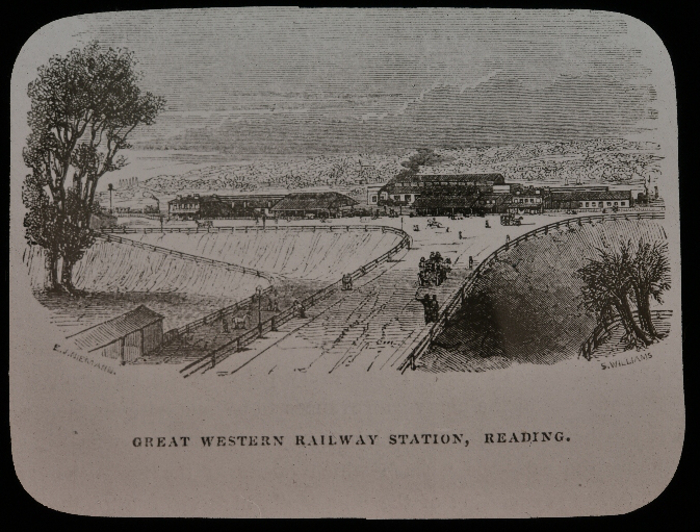
Reading's Great Western Railway Station in 1842
1830s and 1840s
1833 The Great Western Railway company is formed. Chief engineer, Isambard Kingdom Brunel, surveys a route from Bristol to London.
1835 Building work for the new line begins.
24 March 1840 A freak whirlwind at the newly built station kills railway construction worker Henry West. His wooden gravemarker can still stands in St Laurence’s churchyard.
30 March 1840 The first ever public train from Reading to Paddington sets off at 6am, drawn by steam locomotive Firefly. The fastest journey to London was recorded at one hour and five minutes.
1841 The Great Western line is completed, connecting Reading to Bristol and London by rail.
1849 The South Eastern Railway Company opens a line to Redhill, where passengers can change for London, Brighton or Paris via Dover.
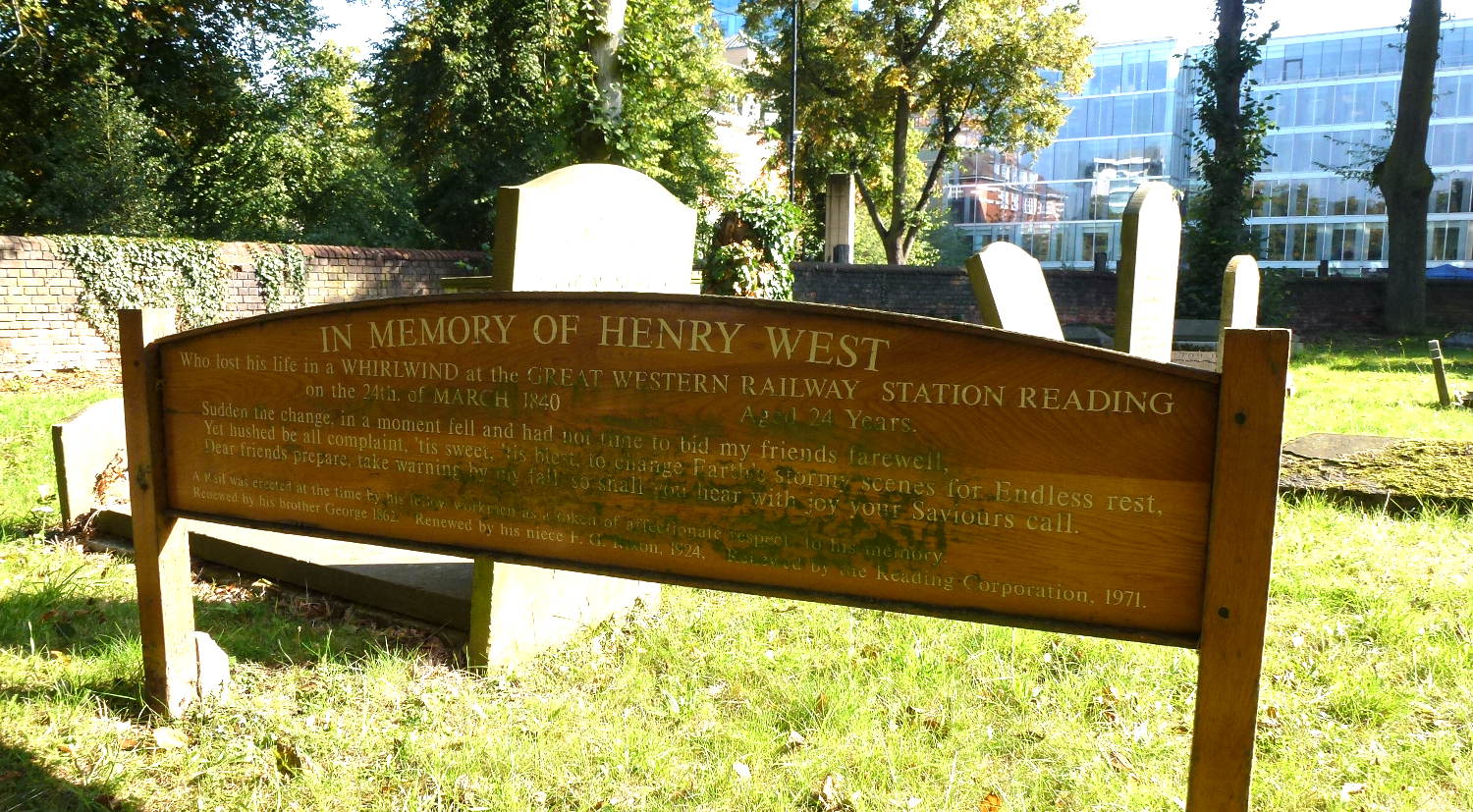
Memorial to Henry West who died while working at Reading Station in 1840
Later 19th century
1856 An hourly London and South Western service to London Waterloo is launched.
1859 The South Eastern station is struck by lightning and burns to the ground.
1860 South Eastern completes a new station with spacious waiting rooms and booking offices.
1860 The GWR ‘up’ booking office for trains to London
1864 The Berkshire Chronicle describes GWR’s station as “a series of dirty wooden sheds”.
1868 GWR completes a new station to match the comfort and convenience of South Eastern’s. It’s now the Three Guineas pub.
1869 On Christmas Eve, the author Charles Dickens, famous for stories like Oliver Twist and A Christmas Carol, was waiting for his Christmas turkey to arrive by train. However it emerged that somewhere on the line approaching Reading, the goods van carrying the turkey caught fire, and portions of the fire-damaged bird had been sold off at sixpence a piece in Reading!
1895 Oscar Wilde passes through the station in handcuffs and prison uniform, on his way to Reading Gaol.
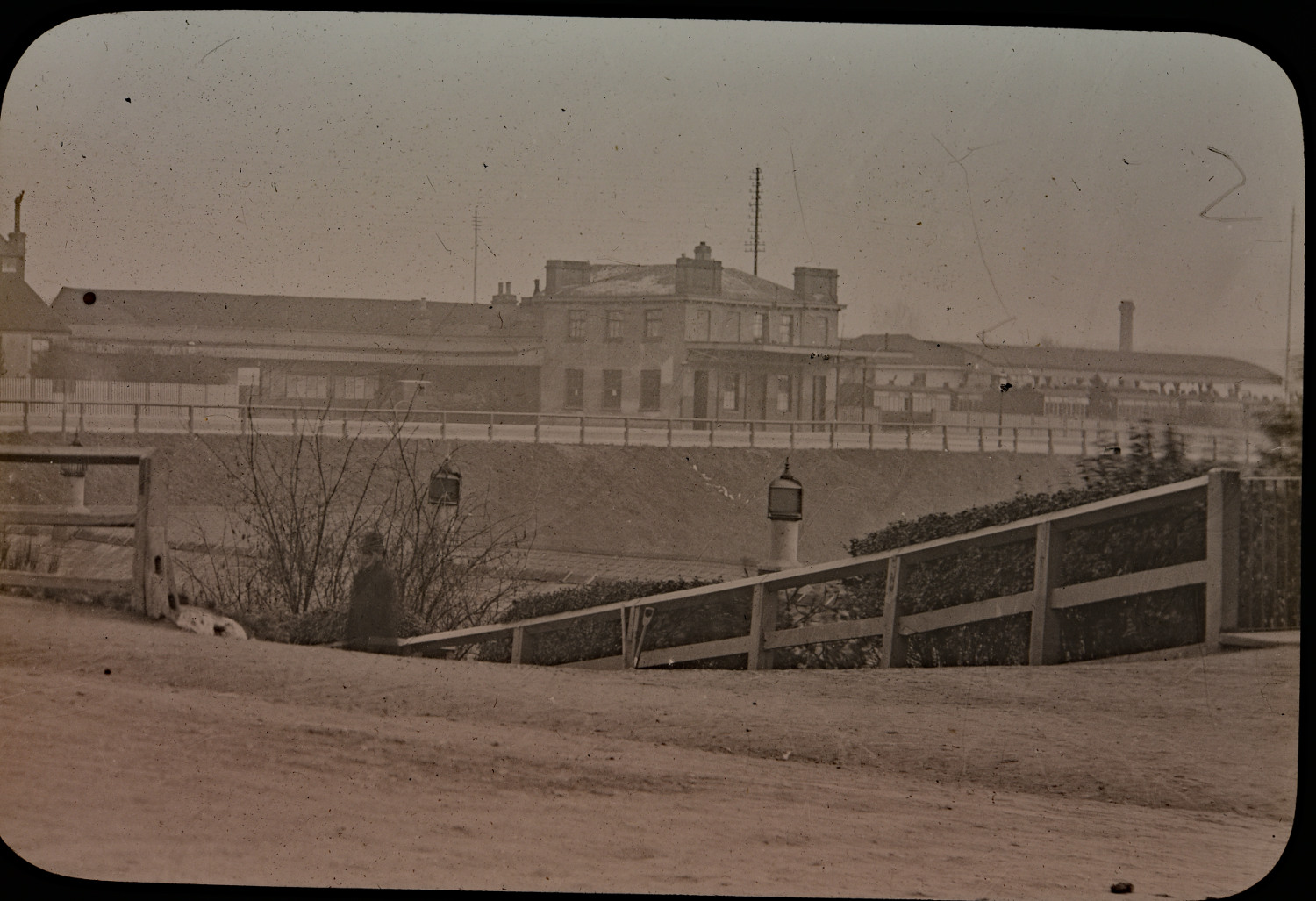
The original ‘Up’ booking office for services towards London, early 1860s
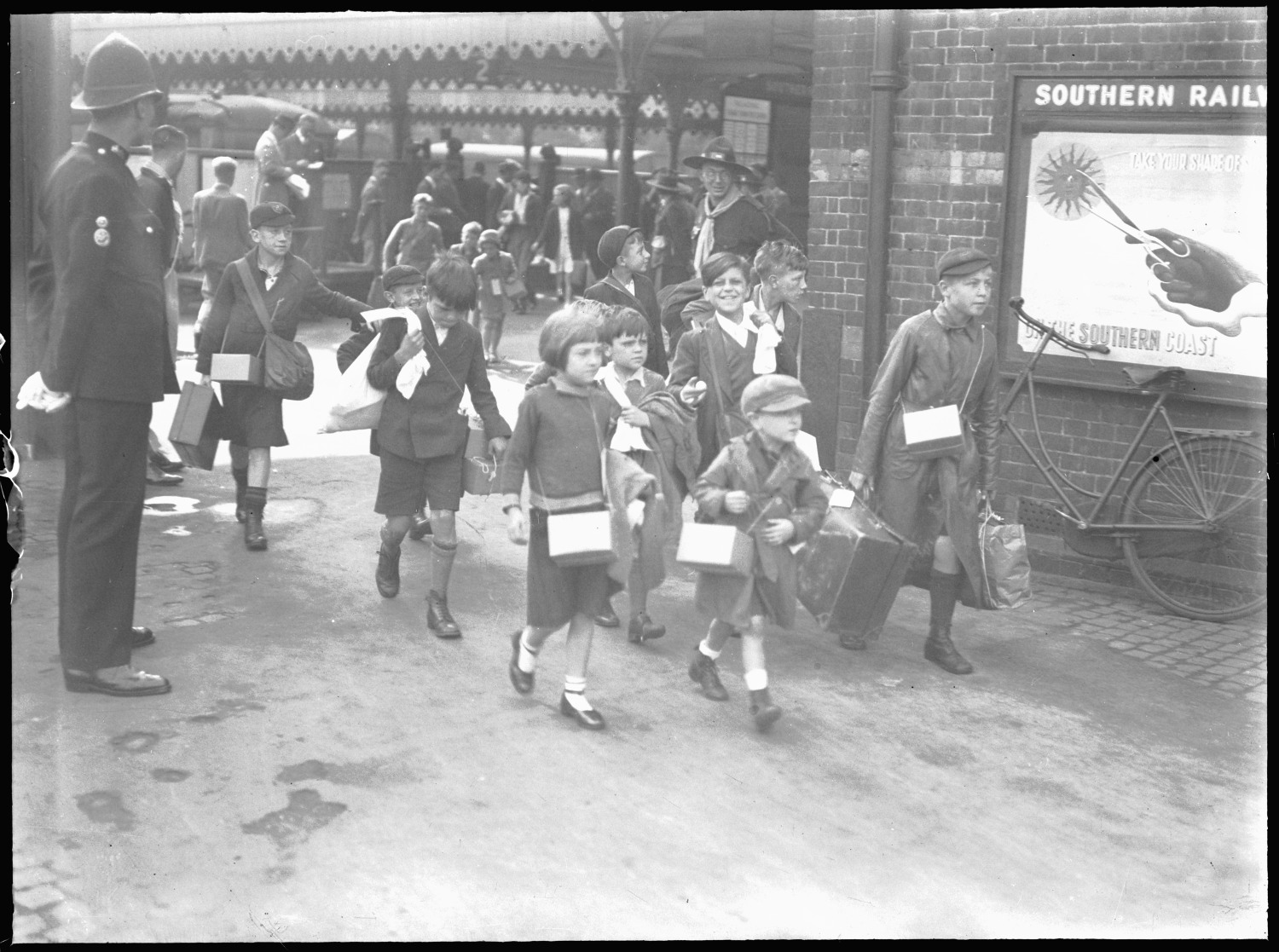
To escape bombing raids on London, around 12,500 children were evacuated to Reading in September 1939
Early and mid 20th century
1915 Soldiers wounded at Ypres in the First World War arrive at Reading Station. A bystander comments, ‘It was brought home to us that war is war.’
1939 12,500 children take the train to Reading, to escape bombing raids in London in the Second World War. A young man called Michael Bond saw the evacuees arriving. Several years later, in 1958, he published A Bear Called Paddington. It was inspired by his memories of the young evacuees at Reading Station.
1940 250,000 military personnel pass through Reading Station in one week, after the evacuation of Dunkirk.
1953 Reading Station is decorated for the coronation of Queen Elizabeth II.
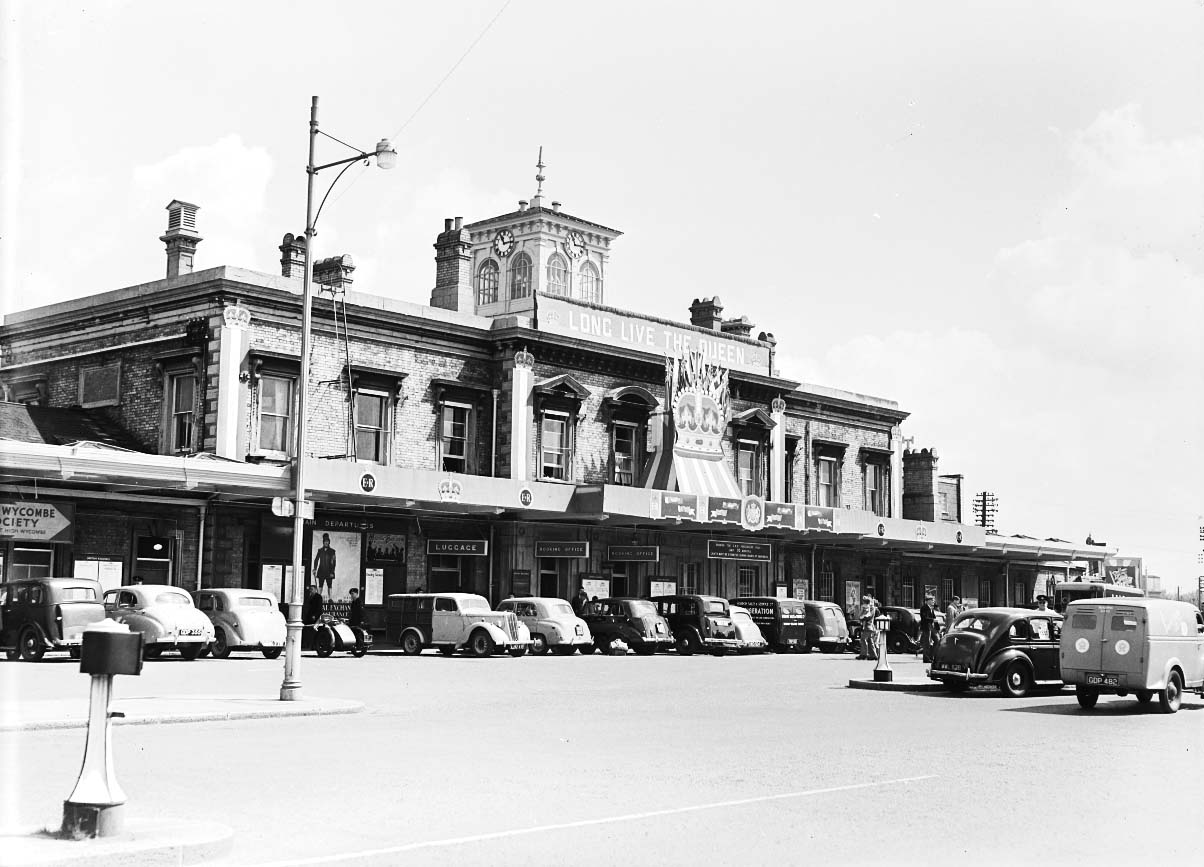
Reading Station decorated for the Queen's Coronation in 1953
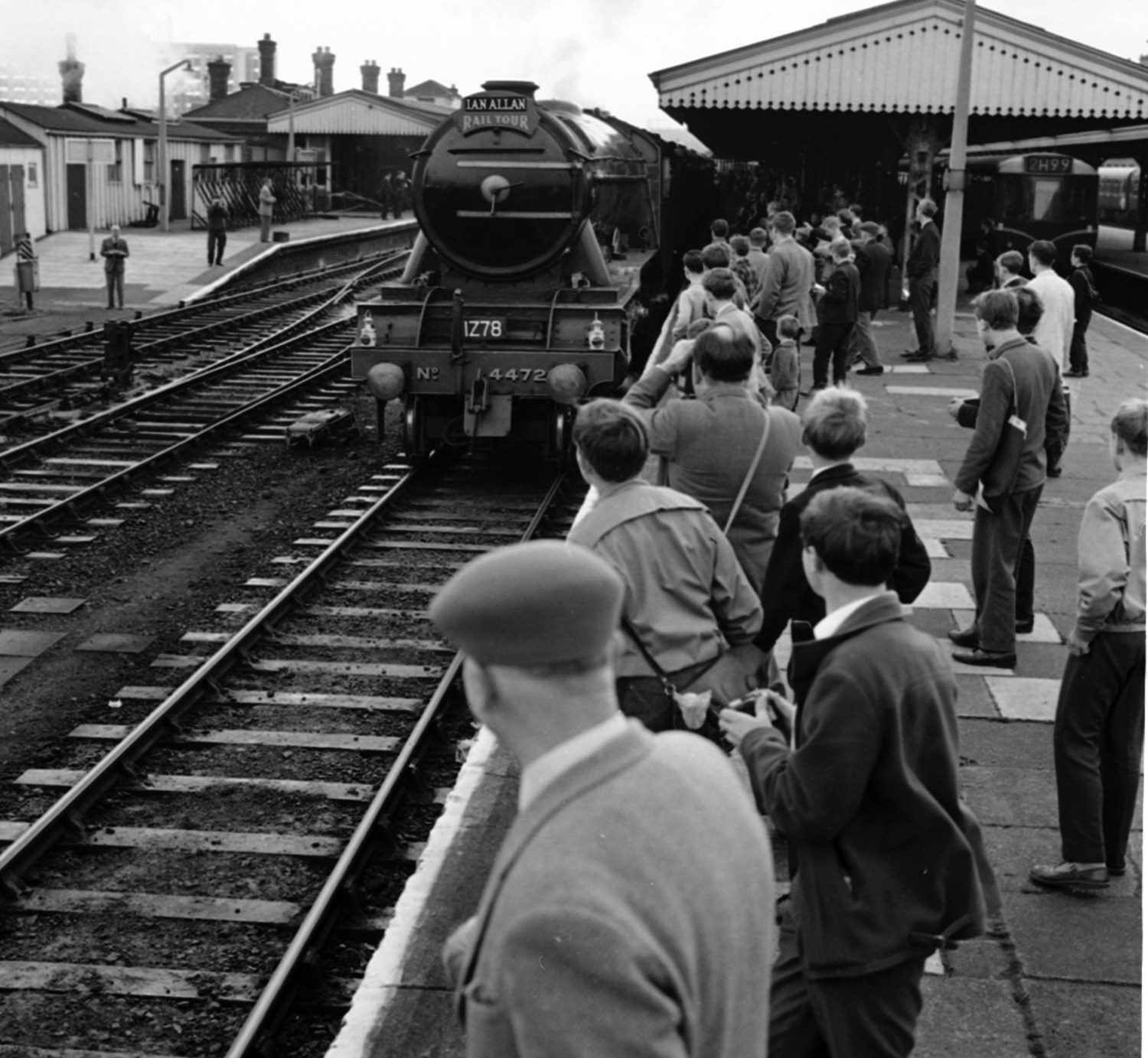
The Flying Scotsman at Reading Station in October 1963
Late 20th century and 21st century
1965 The steam train shed closes. Steam locomotives are replaced by diesel.
1971 The first Reading Festival is held. The following year more than 20,000 festival goers arrive by train.
1975 New Intercity 125 trains bring journey times to Paddington down to 23 minutes.
1989 Brunel Arcade, with new ticket offices, waiting rooms and shops opens.
2008 Plans for a new station are announced. Her Majesty the Queen opens it in 2014.
30 March 2020 Reading Station celebrates 180 years of train travel.
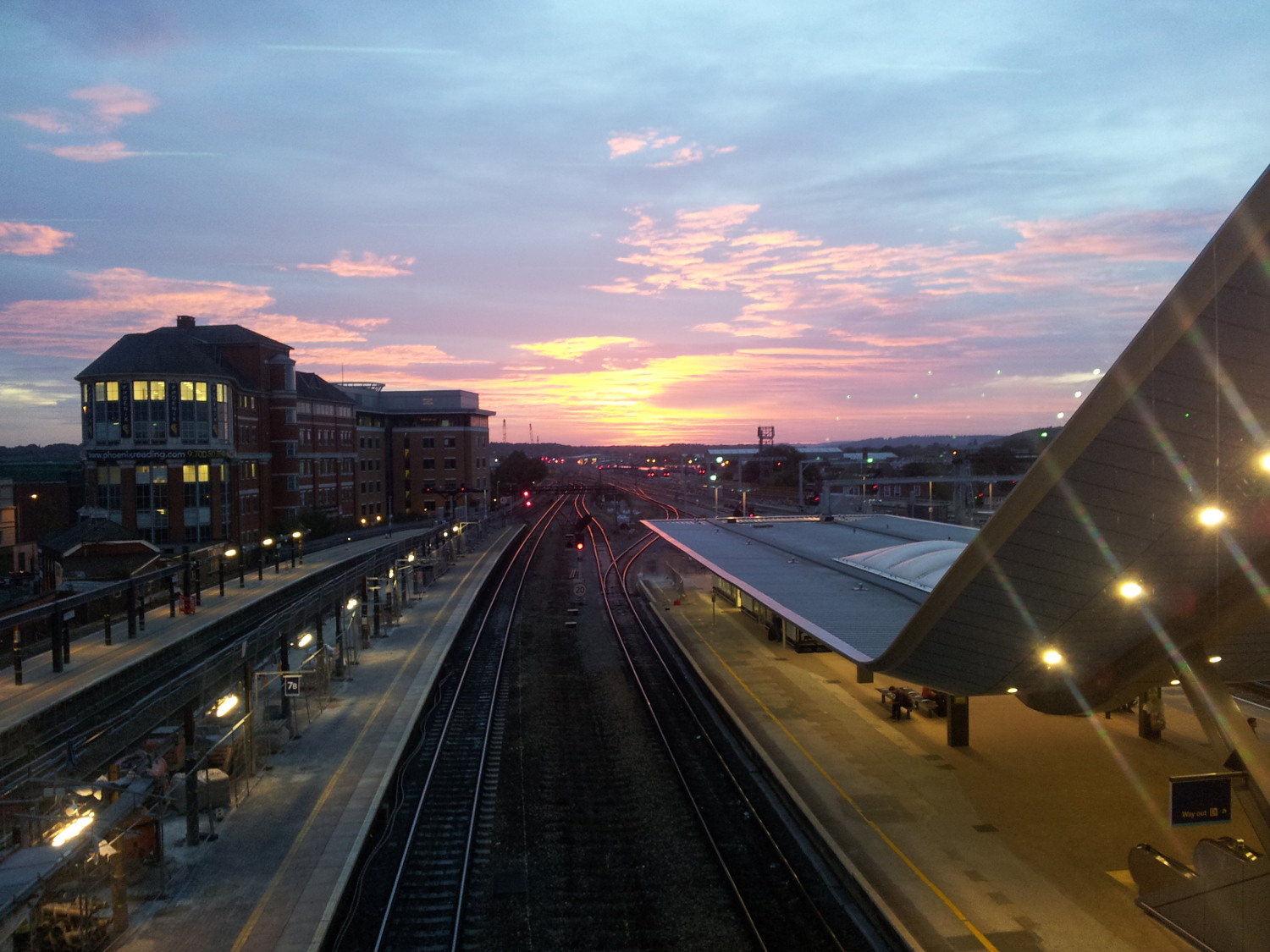
Reading Station today
